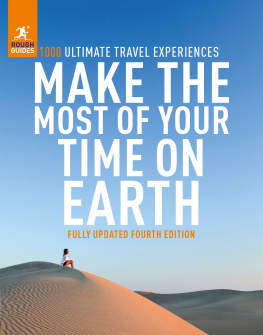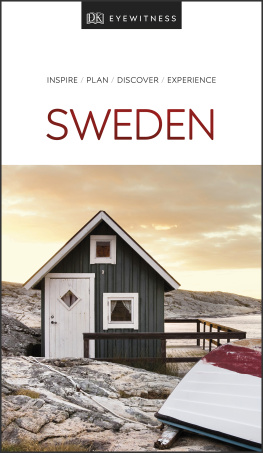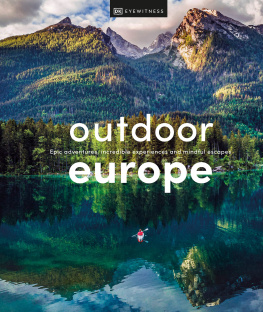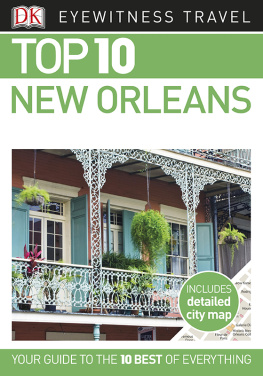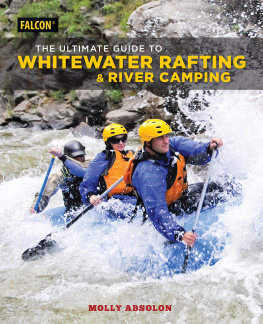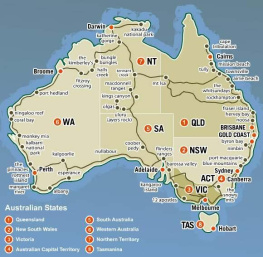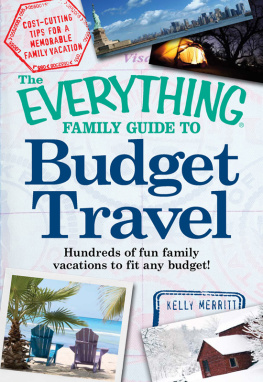

To my mother,
who inspired me to travel,
then encouraged it,
and then worried that
I couldnt afford it.
CONTENTS
INTRODUCTION
I have been traveling the world since I was 6 months old and actually have the documentation to prove it. In fact, I flew so much as a baby that one airlineAmerican Airlinespresented my parents with a framed certificate inducting me as the first member of its Sky Cradle Club.
I was a million miler many times over before I was 26. And if you add up just the official flight miles Ive earned since the frequent-flier programs were started in 1981, Im well north of 24 million.
Through my years as a college journalist from Wisconsin (covering the wars in the Middle East and never letting school interfere with my education) and then as a correspondent for Newsweek, I traveled to 151 countries.
Currently, I spend about 300 days a year traveling the world, either for my nationally syndicated radio show (broadcast from a different location around the world each week) or on assignment as the travel editor for CBS News.
Ive seen astounding beauty and staggering poverty and tragedy. Ive seen the worst and, in my admittedly charmed life, Ive also seen the best: from the favelas outside Rio to the guarded mansions of Cairo, from the backroads of Calcutta to the precious Cte dAzur; from the top of the Jungfrau to deep caves in Australia; from the barren Chukchi Sea above Alaska to the intense heat of the Wadi Rum in Jordan. If the list seems endlessthats because it is.
But this book is not about how to collect frequent-flier miles. Its not even about destinations as a primary focus. Instead, the destinations in this book are the enablers to the best experiences. If you define travel as one of the great experiences of life that are meant to be shared, then I am happy to share my experiences with you. I dont have a personal bucket list. Id like to thinkas self-serving as this soundsthat I am a living bucket list.
Not surprisingly, I am constantly being asked by just about everyone to name my choices for best, and the travel categories are almost endless. After resisting for many years (partly because I didnt think I could give it the completeness it needed), Ive now been able to compile The Best Places for Everything. Its based on my personal travel history of comparison and constant points of reference, relevance, and long-term value. In this book, I answer the question of best with a caveat: Its not done in an arbitrary way, but by personal experience, measured by relative terms, not absolute or impossible ones.
This book is not about where to go or how to get there. Its about how to get the best experience when you get there. Its about accessibilityto be able to do things when youre there that no one else knows about or think they cant experience. Things like:
Circumventing the tourist-filled tango shows of Buenos Aires in favor of dancing with the locals in a tucked-away milonga
Getting access to one of the most coveted private golf course in America AND finding the affordable public golf courses that are, well, on par with the iconic spots
Finding the exact whitewater rapids, mountain biking trails, and ski slopes to suit your level of expertise
Tastingand then learning the secrets of how to makeyour favorite dishes, from Mexico to Italy to China
Discovering the best place to shop for specialty items, whether youre in the market for perfume in Paris or custom-made suits in Hong Kong
Believe it or not, I hate top 10 lists and words that end in st. You know these words: most, greatest, loveliest, coolest, and yes, of coursebest. Words that end with st are the tyranny perpetratedoften with the best of intentionsby the travel industry. These are red flags that concern me as a journalist and as a consumer. They are often confusing, if not intentionally misleading, and in a world already overrun with hyperbole and absolute terms, they should bother you as well. They perpetuate a brochure language that, in the long run, angers just about everyone already conditioned to live in a world of unrealistic expectations.
There are some hotels out there that claim theyve been awarded six and seven stars and are thus categorized as the best in the world. Well, technically. A little research quickly reveals that the stars were awarded to the hotel, by the hotel. Or in some countries, the stars are nothing more than a government indication of the rates they charge. The best? Hardly. But easily the most expensive.
The Best Places for Everything was a research-intensive project that was assembled with a 24/7 global clock by my team of great researchers and assistants, who sourced and fact-checked tirelessly. This book is, by definition, subjective, but fair and with portfolio.
Please feel free to agree or disagree with my choices. After all, in a world where permanence and consistency of quality are often short-lived, where experiential one-upsmanship has become the name of the travel game, I am, of course, prepared to bebested!
OUTDOOR ADVENTURES
Best Places to Do
BIRD-WATCHING
As I travel around the world, I meet more and more birders. They are passionate, they get excitedin their own quiet wayabout their discoveries of a species or a behavior of one, and they are the first to explain when nature is in sync and when it isnt. If you want to see the natural world in a new light, ask a birder. Or become one yourself!
Bird-watching, or birding, can be done on nearly every continent and in both urban and wilderness environments. Picking the best place to see birds depends on what kind you want to see and in what volume.
NORTH AMERICA
T he area around Utah s Great Salt Lake offers some of the most celebrated birding in western North America. Millions of shore-birds, ducks, and other waterbirds live in the region, including more than 250 species that nest and feed on Antelope Island. You can spot gulls, egrets, and chukars year-round, but the big attraction is the bald eagle, which appears between January and March.
The 760-acre Bentsen-Rio Grande Valley State Park in the Lower Rio Grande Valley of Texas , just north of the Mexican border, is one of the top birding destinations in the United States, for good reason. The park, plus an additional 1,700 acres of adjoining US Fish and Wildlife refuge land, has a rich population of birds that arent found anywhere else in the country, and its home to the renowned World Birding Center. Birders come here year-round to spot everything from green jays, ferruginous pygmy-owls, gray hawks, and more. Every spring and fall, Swainsons and broad-winged hawks migrate in such large droves that theyve been likened to a flying cloud.
The area around Tucson , the gateway city to southeastern Arizona, is one of the best places in North America for year-round bird-watching. It has a surprisingly varied terrainincluding grasslands, wetlands, forests, and narrow canyons with creekswhich attracts a host of wildlife. The region is home to Tucson Mountain Park, Saguaro National Park, Agua Caliente Park, Tohono Chul Park, Coronado National Forest, the San Pedro Riparian National Conservation Area, and the Buenos Aires National Wildlife Refuge. In these spaces, youll find hundreds of desert and water species, including at least five types of hummingbirds, cactus wrens, and the pygmy nuthatch.
Next page

